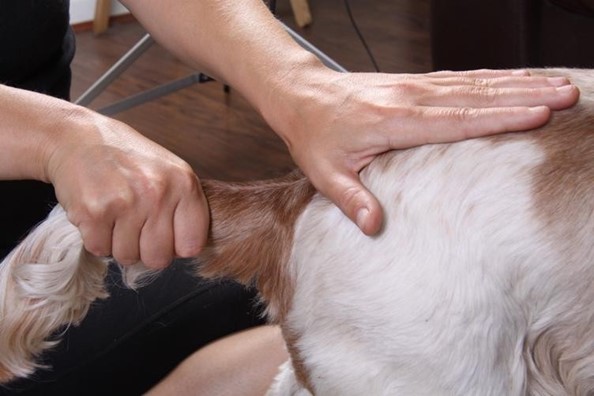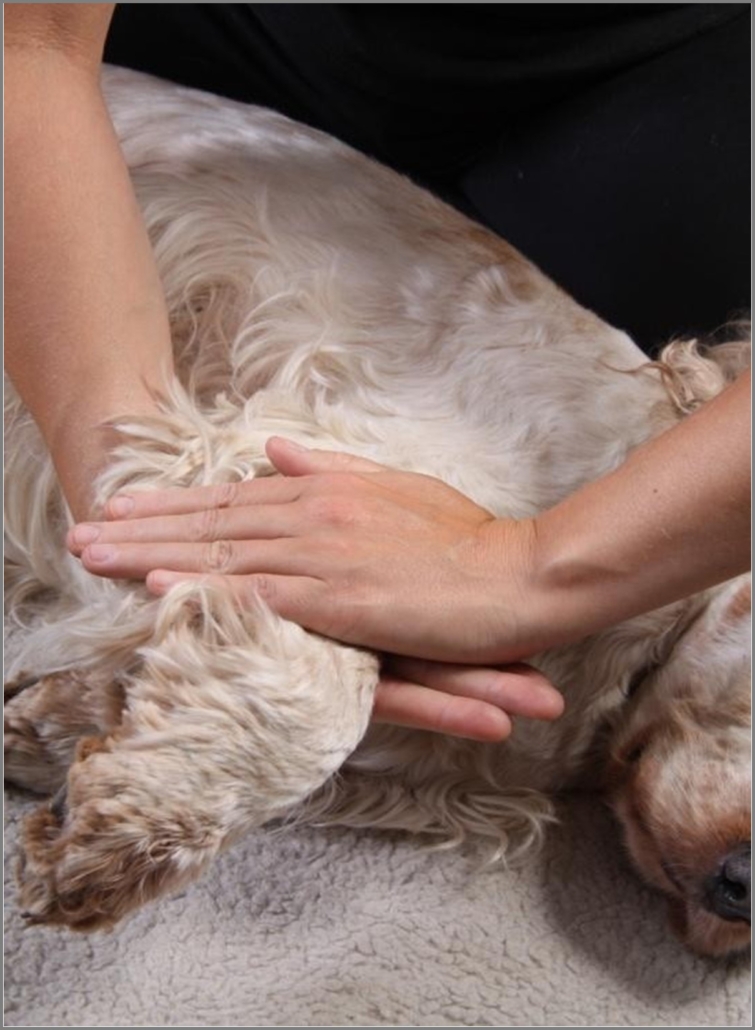Pre-Event Warm Up and Post-Event Cool Down FAQ’s
My dog is very active and we compete and train on a regular basis. When would I use massage with my dog?
After this workshop you will be able to use canine massage as a tool for warming up and cooling down your dog before and after competition and training. By also including a maintenance massage during the week, you will be benefitting the overall health of your dog promoting a speedier recovery, more suppleness and flexibility and anticipating any potential problems which may cause mobility and psychological issues. Why psychological? Because if you are in pain, you become depressed, withdrawn and changes in your character occur. The same is true of your dog.
Can I use this to treat other people’s dogs?
No. This workshop is for use with your own dog only. Professional Canine Therapists from the Canine Massage Guild have trained for 2 years to work with other people’s dogs, and we have to comply with the Veterinary Act 1966 and Exemptions Order 2015 by gaining vet consent to treat other peoples’ dogs to work within the confines of the law.
This is another reason why actually you should never get your dog ‘treated’ with any modality at a show (Guild members do muscular assessments, not massage, at shows and give free warm ups to clients; they do not perform massage on dogs that are not their existing clients). The therapist who works on the dog without vet consent is unethical and willing to put your dog at risk.
You may also be placing yourself in danger if you try and massage someone else’s dog and don’t have an awareness of the specific issues of that dog along with palpation skills necessary to be able to do the job. Plus, if something goes wrong you could get the blame!
When is the best time to apply the Pre-Event Massage?
Approximately 15-20 minutes before the event and before or after your dynamic warn up / cool down routine. This is based on standard human massage guidelines.
When is the best time to apply Post-Event Massage?
Ideally at the end of the day after all exercise has been completed at home. Or wait until the body has come back to homeostasis (no panting and regular heat rhythm) and then apply. You can also give a brief cool down in between runs if your dog wants it.







